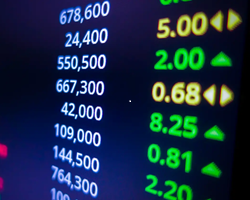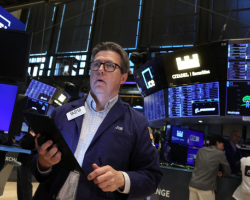Volatility Grips Global Markets as Tariff Tensions, Inflation Concerns, and Central Bank Policies Shape Investor Sentiment | Weekly Market Analysis
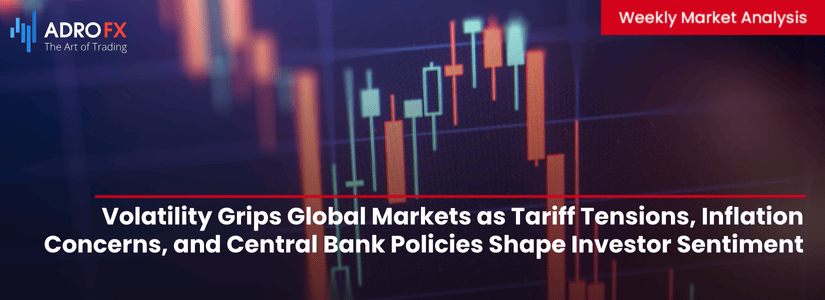
Key events this week:
Monday, April 21, 2025
- Easter
Wednesday, April 23, 2025
- USA - S&P Global Manufacturing PMI (Apr)
- USA - S&P Global Services PMI (Apr)
- USA - New Home Sales (Mar)
- USA - Crude Oil Inventories
Thursday, April 24, 2025
- USA - Durable Goods Orders (MoM) (Mar)
- USA - Initial Jobless Claims
- USA - Existing Home Sales (Mar)
In a holiday-shortened trading week, US equity markets ended Thursday on a cautious note as investors digested mixed economic signals and persistent tariff-related uncertainties. The S&P 500 managed to close slightly higher with a gain of 0.2%, though most of its intraday strength was pared by session-end profit-taking. The Dow Jones Industrial Average lost significant ground, falling 527 points, or approximately 1.3%, while the tech-heavy Nasdaq Composite edged down 0.1%. All three major indices are poised to record weekly declines, with the Nasdaq hovering dangerously close to bear market territory. US markets were closed on Friday in observance of the Good Friday holiday, adding to the defensive tone as traders avoid holding risk ahead of a long weekend.
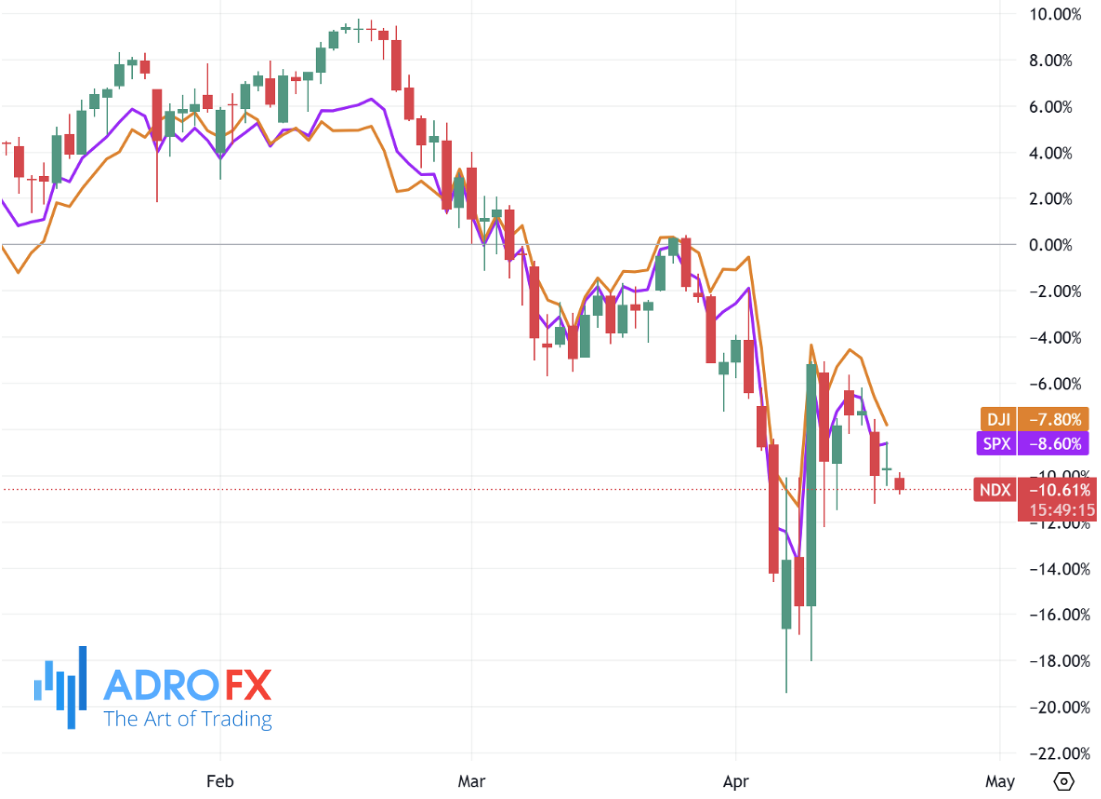
President Trump once again voiced dissatisfaction with the Federal Reserve’s monetary policy, stating that the Fed should have already moved to cut interest rates. He pointed to falling prices in energy and grocery items such as eggs as a justification for more accommodative action. Trump praised the European Central Bank for its recent decision to lower rates and suggested the Fed was “too late” in responding to changing economic dynamics. Meanwhile, Federal Reserve Chair Jerome Powell struck a more cautious tone in his midweek remarks, emphasizing that inflation remains the central concern. However, he acknowledged that fulfilling both mandates - price stability and maximum employment - has grown increasingly complex. Powell's language hinted at an uncomfortable economic reality: a looming stagflation scenario where inflation persists even as growth falters.
On the labor front, data released Thursday painted a relatively solid picture of the job market. Initial Jobless Claims for the week ending April 12 came in steady, reflecting resilience in employment. Housing sector indicators, however, presented a more nuanced story. Building Permits showed an uptick in planning activity, indicating future construction intentions are healthy. In contrast, actual Housing Starts declined, suggesting developers may be proceeding with caution amid cost pressures and broader economic uncertainties.
Amid this, President Trump also voiced optimism regarding international trade negotiations, expressing confidence that deals with both the European Union and China were within reach. Nevertheless, the market remained jittery as back-and-forth policy statements from the White House continued to weigh on investor confidence. Market pricing currently reflects only a 9% chance of a rate cut at the Fed's May policy meeting, highlighting the prevailing view that policymakers remain in wait-and-see mode.
Safe-haven demand surged at the start of the new week, with gold prices soaring to a fresh all-time high near the $3,400 mark. The rally reflects heightened investor caution driven by trade war fears, global growth concerns, and a broader shift away from risk assets. A weakening US Dollar further fueled the precious metal's rise, as market participants sought protection from increasing geopolitical noise and monetary policy uncertainty.
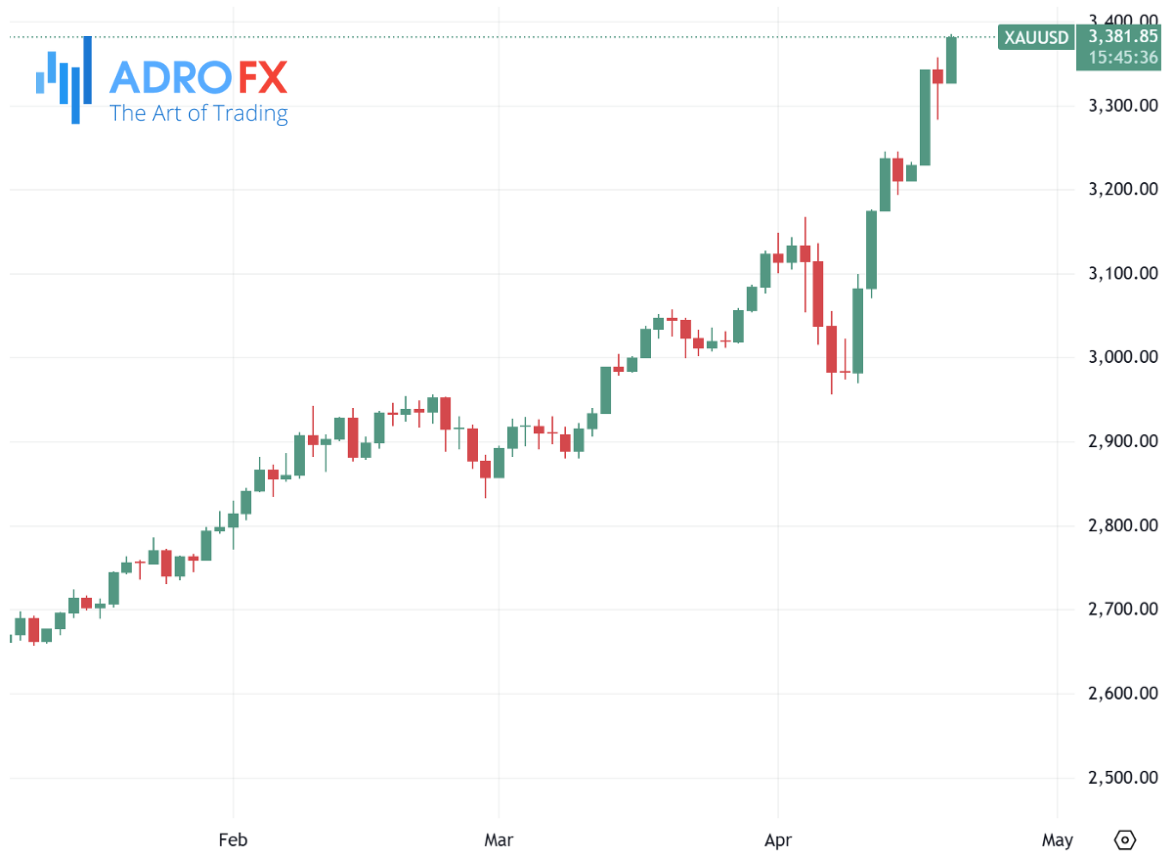
The Japanese Yen followed suit, capitalizing on a weaker dollar and escalating global tensions. USD/JPY dropped sharply, breaching the 141.00 level to reach its lowest mark since September 2024. Investors appear increasingly nervous about the economic consequences of President Trump's tariff actions, especially as rhetoric intensifies around China. Simultaneously, positive momentum surrounding the US-Japan trade deal has further boosted demand for the yen. In addition, expectations that the Bank of Japan will maintain a hawkish stance gained traction after data showed an acceleration in Japan's core inflation for March. This development, coupled with the greenback’s retreat to a two-year low, fueled a sustained downtrend in the USD/JPY pair.
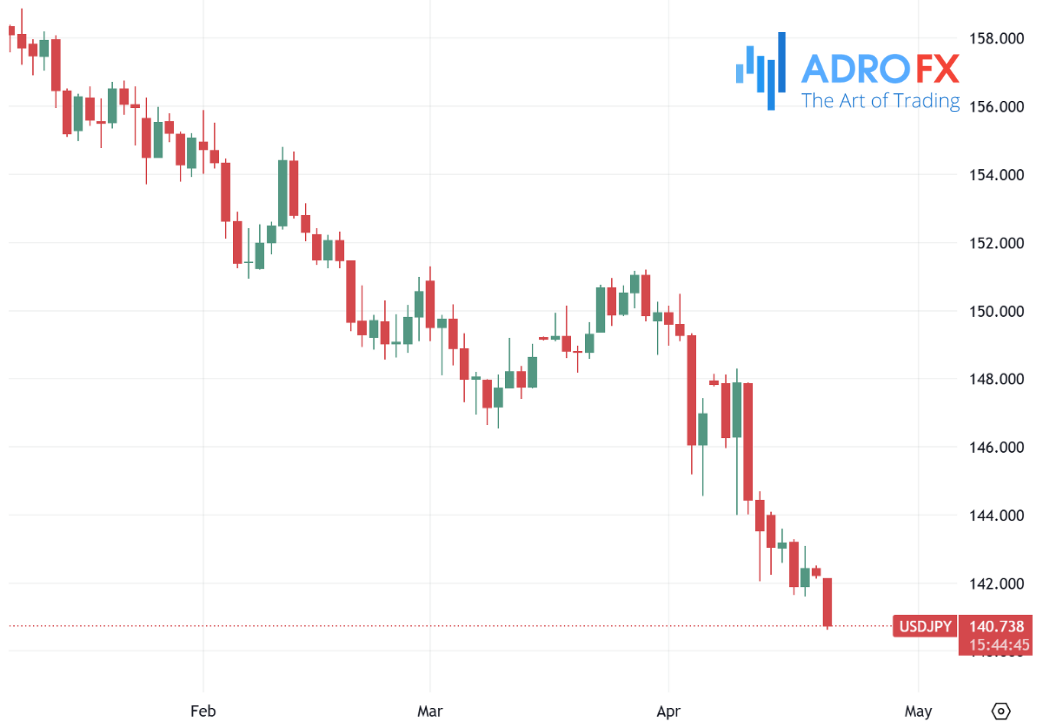
In the Asia-Pacific region, the Australian Dollar managed to bounce back against the US Dollar on Monday. The AUD/USD pair was supported by the People’s Bank of China’s decision to keep its Loan Prime Rates unchanged, holding steady at 3.10% for the one-year rate and 3.60% for the five-year. The decision reassured markets that Beijing remains committed to providing economic stability without overly aggressive intervention. The Aussie also benefited from the US decision to exempt certain key technology products - many of which are manufactured in China - from the proposed “reciprocal” tariffs. As China is Australia's top trading partner and a major consumer of its resource exports, this news offered a tailwind to the AUD. Domestically, Australia’s Westpac Leading Index declined from 0.9% in February to 0.6% in March, pointing to a moderation in economic momentum. Meanwhile, the RBA’s latest meeting minutes showed continued uncertainty around the timing of any future interest rate move. While May was floated as a potential review point, policymakers remained cautious and data-dependent.
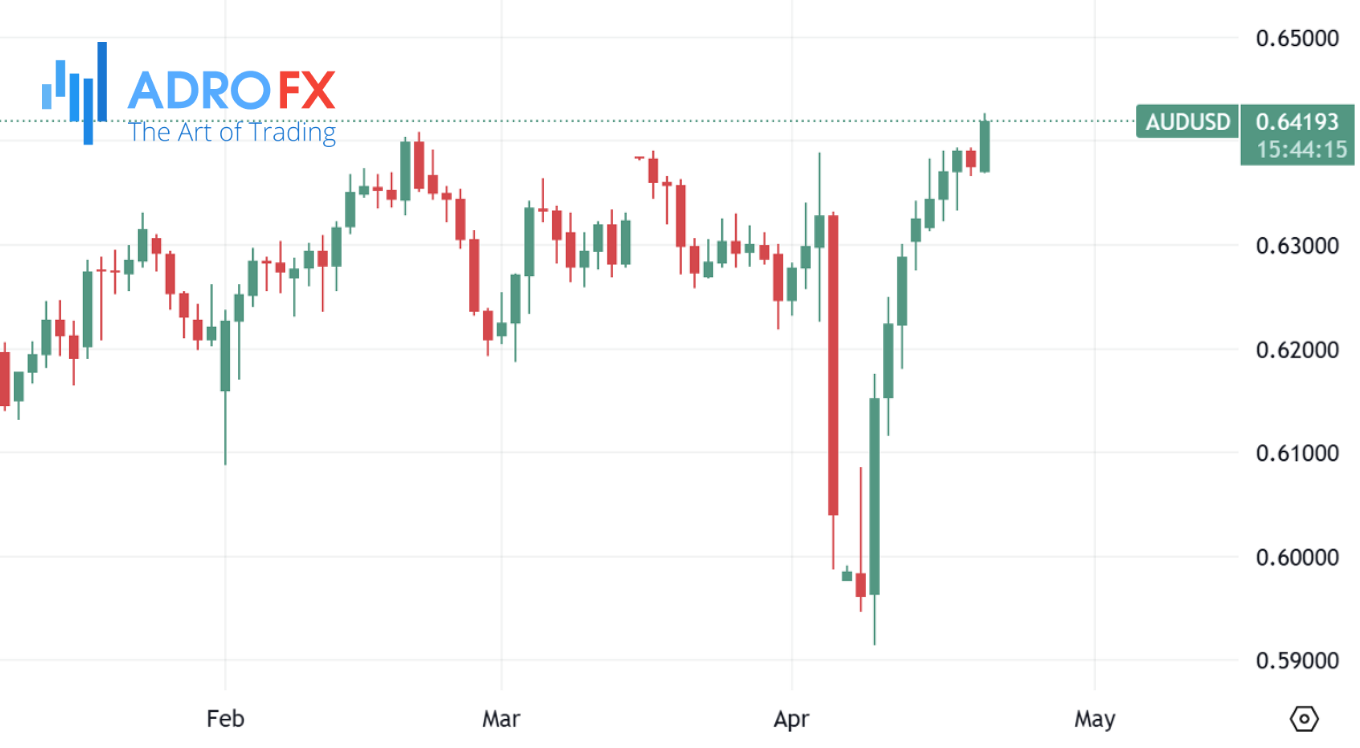
China’s first-quarter GDP growth held firm at an annual pace of 5.4%, slightly above consensus estimates. Quarterly growth came in at 1.2%, down from the previous quarter’s 1.6% but narrowly missing the 1.4% forecast. Retail Sales in China surprised to the upside with a 5.9% year-over-year increase, easily beating the 4.2% expectation. Industrial Production also exceeded projections, rising 7.7% compared to February’s 5.9% print. The resilience in China’s economic activity provided some relief to global growth worries, although concerns about trade tensions continue to overshadow these improvements.
The USD/CHF pair drops to 0.8069 during Monday’s early trading hours, its lowest since September 2011, before recovering slightly to trade near 0.8090. The Swiss Franc sees broad-based strength amid rising global risk aversion, with investors turning to traditional safe havens as the US Dollar remains under pressure from growing fears of economic fallout due to the widening tariff battle. Although Swiss markets are closed for the Easter Monday holiday, demand for the Franc remains robust, underpinned by heightened uncertainty in global trade.
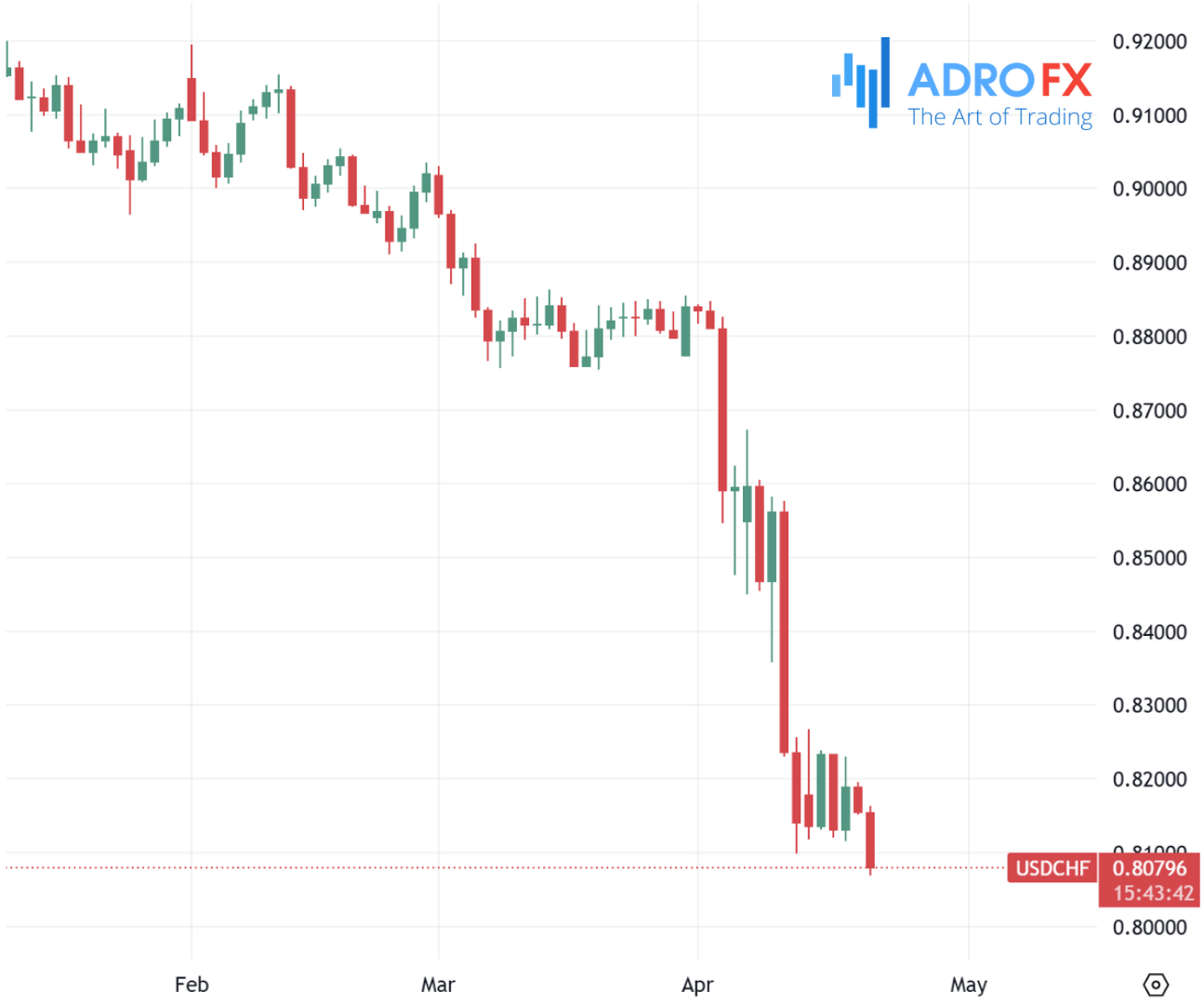
Similarly, the USD/CAD pair trades weaker during Monday’s Asian session, holding near a six-month low of around 1.3802. Although the Canadian Dollar has been bolstered by recent USD weakness, its upside is being capped by sliding crude oil prices. West Texas Intermediate crude slips more than 1% to around $62.80 per barrel amid reports of progress in nuclear negotiations between the US and Iran. The potential easing of geopolitical tensions in the Middle East may pave the way for increased oil supply, exerting downward pressure on prices. Iranian and US officials described the weekend talks as constructive, raising hopes for a revived nuclear agreement that could significantly alter the global oil supply outlook.
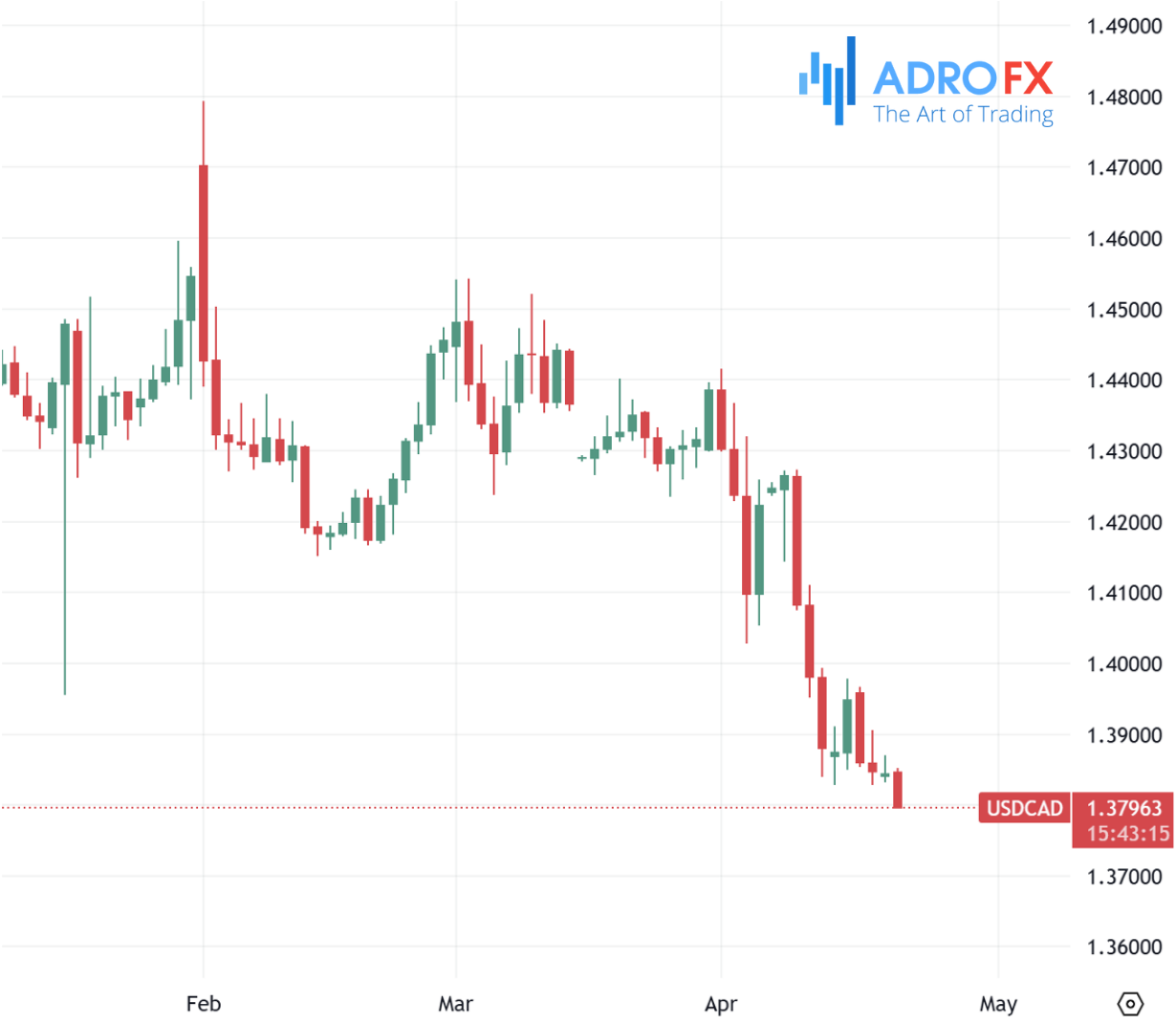
There are no major US economic reports scheduled for release on Monday. Until then, investors are expected to keep a close watch on trade headlines and commodity markets for cues. Looking ahead, attention will shift to Wednesday’s release of flash PMI data, which should provide a more detailed snapshot of global manufacturing and services activity as markets attempt to navigate through an increasingly complex economic landscape.


